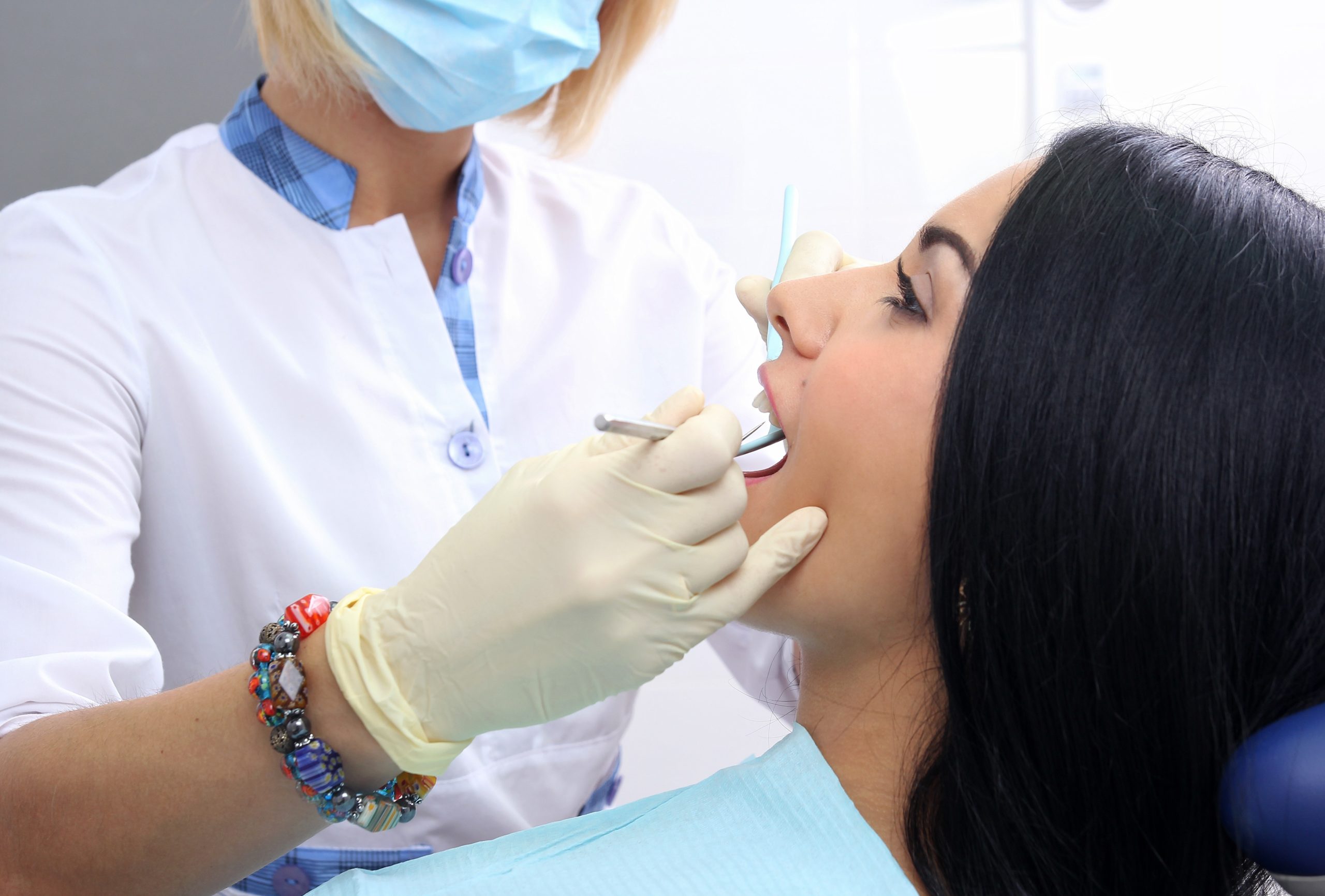Legacy Orthodontics Fundamentals Explained
Legacy Orthodontics Fundamentals Explained
Blog Article
Examine This Report about Legacy Orthodontics
Table of ContentsLegacy Orthodontics - The FactsThe 25-Second Trick For Legacy OrthodonticsThe Only Guide to Legacy OrthodonticsThe Basic Principles Of Legacy Orthodontics The Best Strategy To Use For Legacy Orthodontics
At Advanced Orthodontics, we give people with a all natural therapy experience. In enhancement, we provide flexible therapy timetables, flexible payment options and a fun, enjoyable experience. clear braces. Phone call ( 480) 357-4900 today for more info and routine a consultation.An orthodontist is a dental professional trained to diagnose, avoid, and deal with teeth and jaw irregularities. They remedy existing problems and are trained to determine troubles that may establish in the future. Orthodontists work with individuals of all ages, from youngsters to adults. People usually associate an ideal smile with healthiness.
Malocclusion, or misaligned teeth, can bring about oral concerns, including dental caries, periodontal condition, and hard or unpleasant chewing. Not everybody is born with straight teeth. If you have a bad bite or large areas in between your teeth, you might wish to consult a dental expert focusing on orthodontic care.
Fascination About Legacy Orthodontics
( Photo Credit Scores: DigitalVision/Getty Images) Orthodontists utilize repaired and detachable oral devices, like dental braces, retainers, and bands, to transform the placement of teeth in your mouth. Orthodontic treatment is for dental irregularities, consisting of: Crooked teethBite problems, like an overbite or an underbiteCrowded teeth or teeth that are too much apartJaw misalignmentThe goal of orthodontic therapy is to improve your bite.
While you might assume of orthodontists as mostly for children or young adults that require dental braces, they can deal with oral problems at any kind of age. Orthodontists attend university, oral school, and orthodontic institution.
All orthodontists are dental experts, yet not all dental practitioners are orthodontists. Orthodontic residency programs supply extensive, concentrated instruction for dental specialists. They focus on 2 areas: Exactly how to effectively and securely move teeth How to properly guide advancement in the teeth, jaw, and faceOnce an orthodontist has completed training, they have the alternative to end up being board certified.
Legacy Orthodontics Things To Know Before You Buy
Misalignment, or malocclusion, is one of the most usual factor people see an orthodontist. It is genetic and is the result of size distinctions between the upper and reduced jaw or between the jaw and teeth. Malocclusion results in tooth congestion, an irregular jaw, or irregular bite patterns. Malocclusion is normally treated with: Your orthodontist attaches steel, ceramic, or plastic square bonds to your teeth.
If you have only minor malocclusion, you may have browse around this web-site the ability to utilize clear dental braces, called aligners, rather than traditional dental braces (https://www.find-us-here.com/businesses/Legacy-Orthodontics-Leesburg-Virginia-USA/34143883/). Some people need a headgear to assist move teeth right into line with stress from outside the mouth. After braces or aligners, you'll require to put on a retainer. A retainer is a customized device that maintains your teeth in location.
They can produce extra area in the mouth without having to draw teeth. Orthodontists use cables, medical screws, or plates to support your jaw bone.
You might need to see an orthodontist if you have: Crowding or otherwise adequate room for every one of your teethOverbite, when your top teeth come by your base teethUnderbite, when your bottom teeth are as well far forwardSpacing or issues with gapsCrossbite, which is when your top teeth fit behind your base teeth when your mouth is closedOpen bite or an upright gap between your front base and top teethMisplaced midline, when the facility of your base and top teeth do not line up Dealing with a dental malocclusion can: Make attacking, eating, and speaking easierImprove the symmetry of our face and your overall appearanceEase discomfort from temporomandibular joint conditionsSeparate your teeth and make them less complicated to clean, helping protect against dental cavity or dental caries It's usually a dental expert who initially notices misaligned teeth throughout a regular examination.
Little Known Questions About Legacy Orthodontics.

During your very first orthodontic assessment, you'll likely have: A dental examPhotos taken of your face and smileDental X-raysPanoramic (360 level) X-rays of your face and headImpressions to create molds of your teethThese examinations will assist your orthodontist know just how to continue with your treatment. leesburg invisalign. An orthodontist is a dental practitioner who's had training to treat your teeth and jaw
Orthodontists might do surgery, exams,X-rays,and more to help you obtain an extra comfortable, much healthier smile. An orthodontist is concentrated on your bite, so something like a damaged tooth would certainly be dealt with by a dental professional. Orthodontists are dental experts however not all dental practitioners are orthodontists. Orthodontists are concentrated on your bite, or the way your teeth meshed, and the straightness of your teeth.
Ever before wondered just how celebrities constantly appear to have perfectly straightened teeth? The solution frequently depends on the proficient hands of an orthodontist. What precisely does an orthodontist do? Orthodontists are dental professionals who focus on dealing with irregularities in the teeth and jaws. Their proficiency exceeds just creating a stunning smile; it encompasses enhancing your total dental health and wellness and function.
The 6-Minute Rule for Legacy Orthodontics

While dental braces are the most typically identified orthodontic treatment, orthodontists have a varied toolkit at their disposal. The specific strategy chosen depends upon the seriousness of the situation, the person's age, and specific choices. These tried-and-true dental braces use a system of brackets bound to the teeth and connected by wires.
These removable trays are customized to progressively change the teeth's setting. In cases of slim jaws, palatal expanders can be utilized to create room for correct tooth alignment.
Report this page